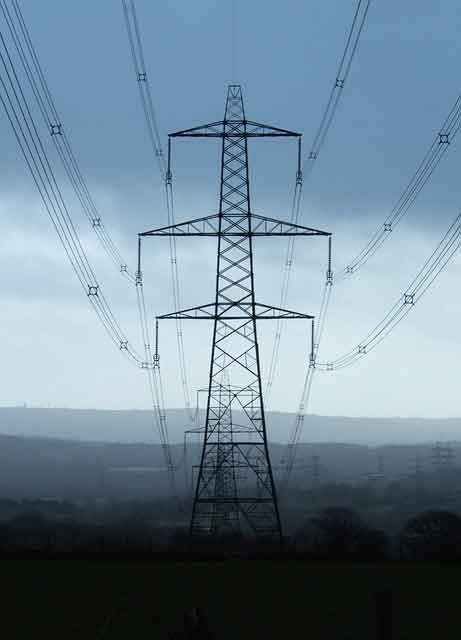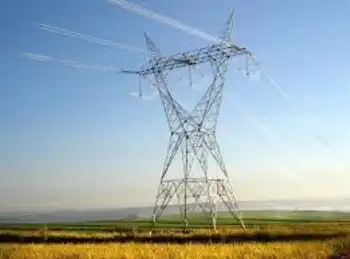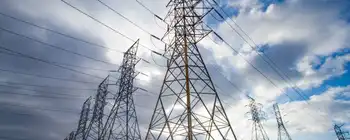Sri Lanka boosts generation by 11 per cent
NOROCHOLAI, SRI LANKA - Sri Lanka boosted its electricity generating capacity by 11 percent with the opening of a Chinese-financed coal power plant the government says will cut its foreign exchange needs and high electricity costs that have dulled investment.
The 300 megawatt MW plant built by Chinese engineers at Norocholai on the northwestern coast is the first coal-powered generation station on the Indian Ocean island nation, which is emerging from a three-decade civil war that ended in May 2009.
President Mahinda Rajapaksa threw a breaker switch to fire up the plant, which the Power and Energy Ministry dubbed Lakjawiya, or "Victorious Lanka" in the local Sinhalese language.
Rajapaksa said the completion of the first phase, started during the war in 2006, was tangible proof his $6 billion infrastructure and development drive to reinvigorate the post-war economy could help reintegrate a nation split by war.
"Some people believe they should stage protests to prevent investors coming into the country. We have got back many things we were to lose or we lost, and this is one example of that," Rajapaksa said in a speech at the opening.
Overseas backers of the defeated Tamil Tigers have protested against Rajapaksa's government, urging investors to avoid Sri Lanka to protest what they say were human rights violations at the end of the war.
The Power and Energy Ministry in a statement said it sourced low-sulfur Indonesian coal to fuel the plant, and expected a cost savings and lower demand for foreign exchange owing to the lower cost of coal.
Sri Lanka generates 60 percent of its 2,689 MW of from heavy fuel oil, all of which has to be imported. The exposure to oil prices in 2008 caused record inflation, and the central bank this year said oil prices are the only threat to growth.
The dependence on fuel oil has produced one of the region's highest energy costs, which has discouraged potential foreign investment and frustrated local manufacturers. Until now, the remaining 40 percent of generation came by hydropower.
Sri Lanka's government subsidizes fuel and electricity heavily for political reasons, which puts a significant burden of the $50 billion economy's budget deficit, which hit 8 percent last year, down from 9.9 percent in 2009.
Sri Lanka has committed to the International Monetary Fund, as part of a $2.6 billion loan program, to make the state-owned Ceylon Electricity Board break even along with the state-run Ceylon Petroleum Corporation.
Sri Lanka supplies electricity for around 87 percent of its population of 21 million.
Related News

Trump's Oil Policies Spark Shift in Wall Street's Energy Strategy
NEW YORK - The global energy finance sector, worth a staggering $1.4 trillion, is undergoing a significant transformation, largely due to former President Donald Trump's renewed support for the oil, gas, and coal industries. Wall Street, which had previously aligned itself with global climate initiatives and net-zero goals, is now reassessing its strategy and pivoting toward a more fossil-fuel-friendly stance.
This shift represents a major change from the earlier stance, where many of the largest U.S. banks and financial institutions took a firm stance on decarbonization, including limiting their exposure to fossil-fuel projects. Just a few years ago, these institutions…




